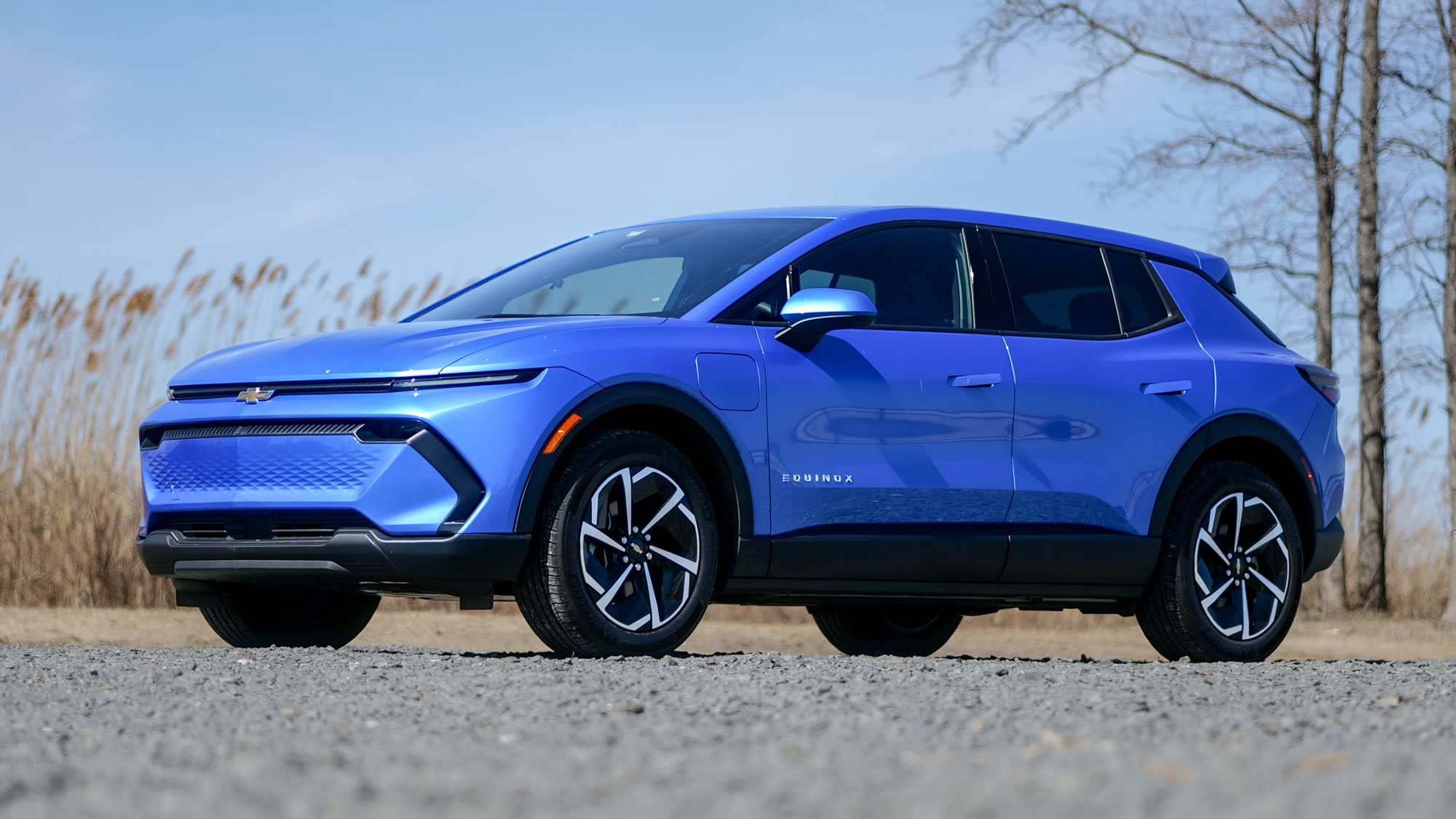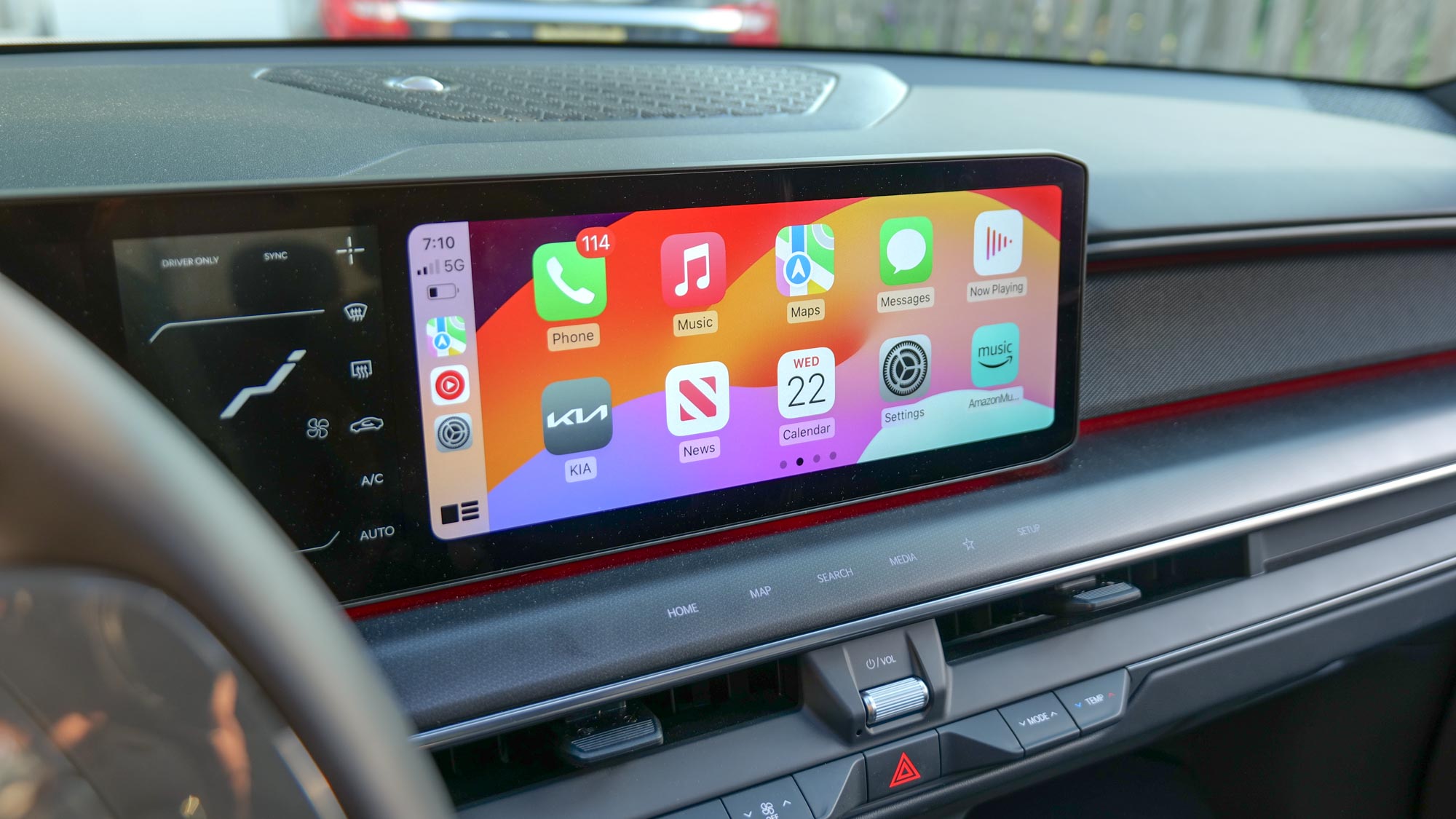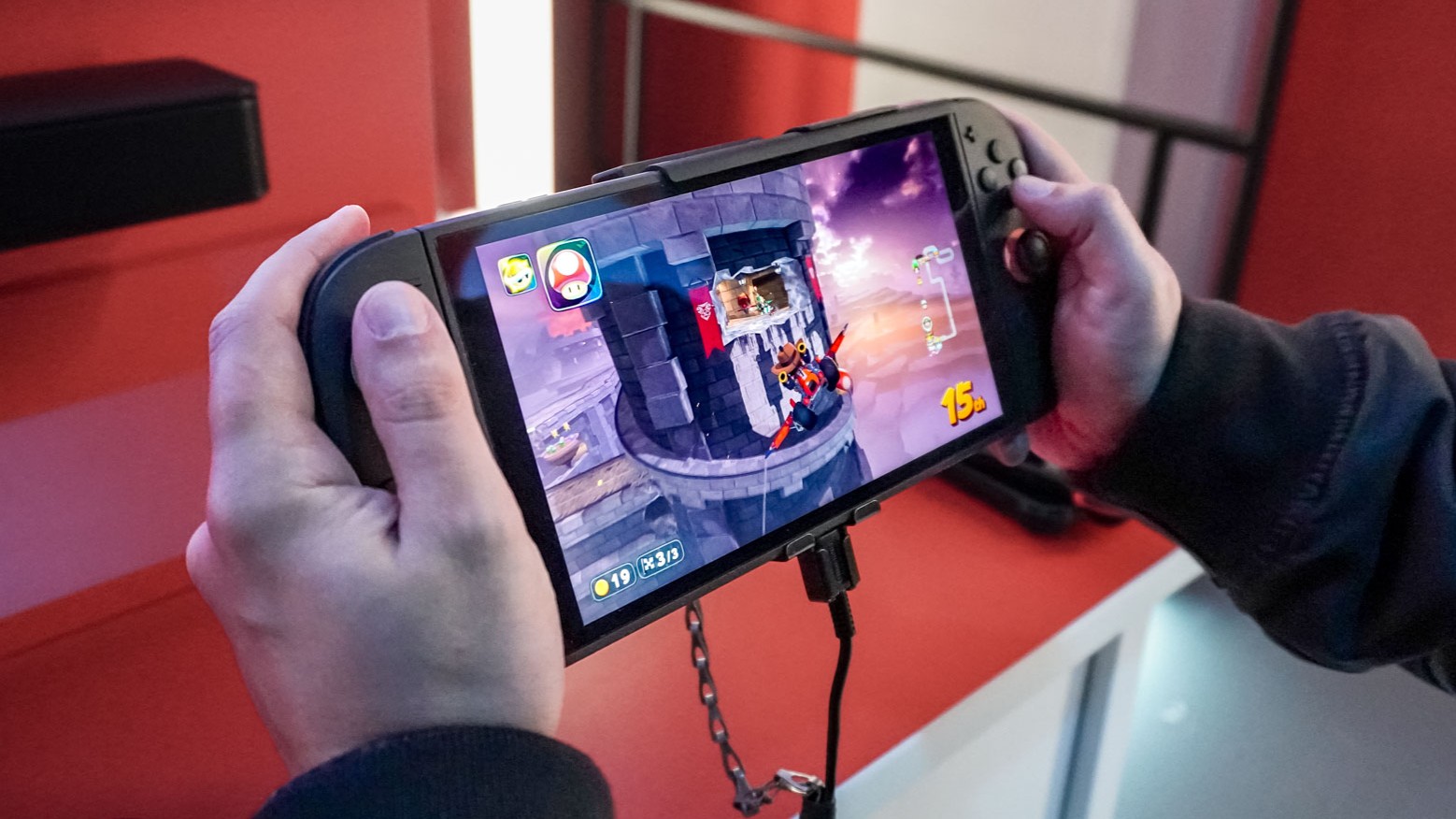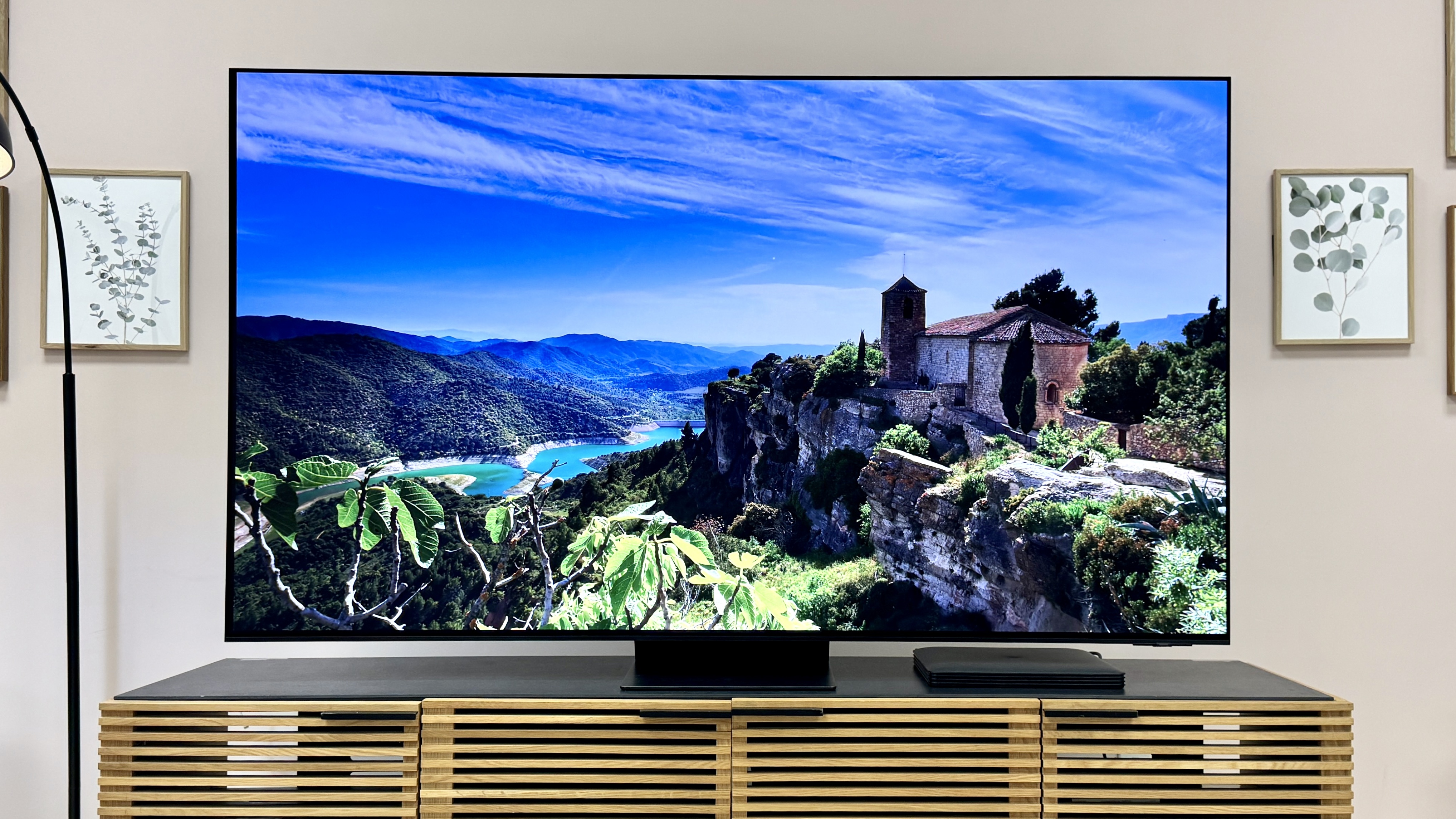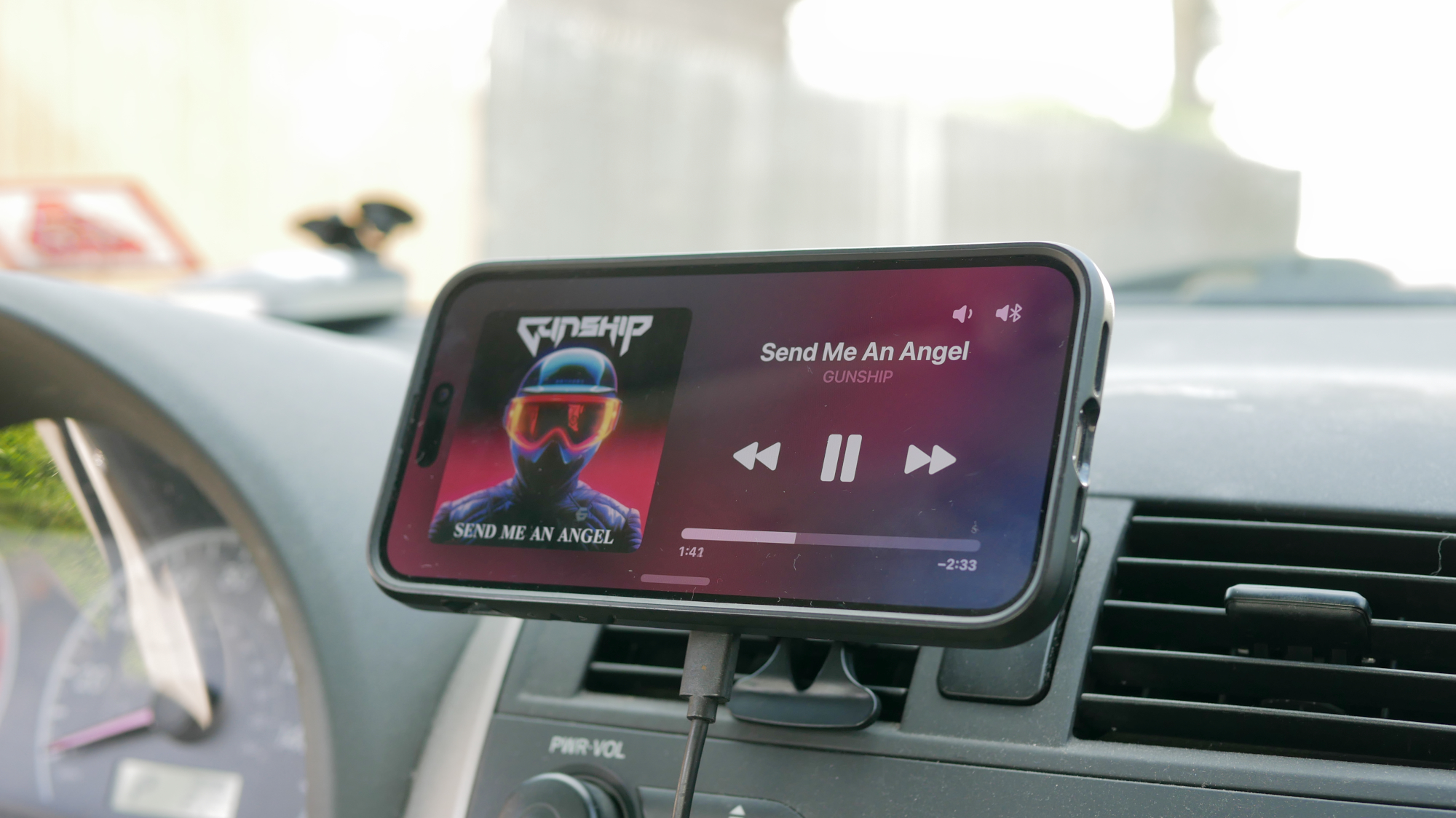This electric car charger helps my parents save a ton of money — here’s how
Surplus solar power means free recharging — with a few caveats
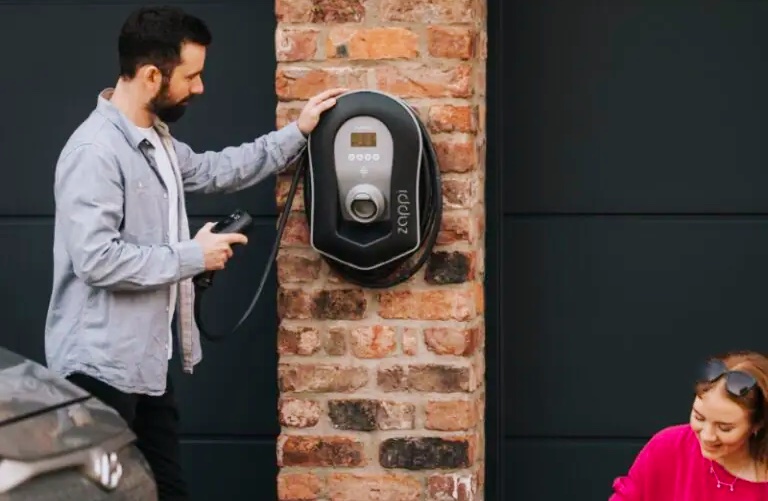
Chat to an electric car enthusiast about the benefits of going electric, and one of the things they’ll bring up is the prospect of free power. Not only are there plenty of free electric car chargers out there, it’s possible to utilize the power of the sun to keep your battery topped up.
Normally the cost of charging an electric car at home would be entirely dependent on how much the power company charges you. While cheaper than gasoline, it can still be pretty pricey — especially with rising utility bills.
Solar panels can offset that cost, and if you’re smart about it can ensure recharging your EV doesn’t cost you a penny.
My parents have had solar panels on their house for several years now. In fact they have 20 of them, each rated for 250 watts, and a pair of 2.4 kWh batteries. They are also owners of the new Mercedes EQB, following an accident that totalled my mom's Land Cruiser (she wasn't injured).
Like every solar panel setup, my parents' panels generate power that is either used inside the house or stored in the batteries. Once that's handled, anything left over is exported to the grid, which they get paid for. But considering how much electricity prices are rising in the U.K., the amount they, and other solar users, get paid for their surplus is pretty pitiful.
My parents are on an older contract and get paid a total of £0.13 ($0.16) per kWh, while the maximum a newly-installed set of solar panels could earn is £0.075 ($0.092) for each kWh they export. Meanwhile the average cost of energy across the U.K. is currently £0.28 ($0.34) per kWh.
It makes sense that solar panel owners, my parents included, want to make the most of the power they generate. Which is where the Zappi comes into play.
Using its “eco plus” setting, which takes seconds to activate in the companion app, Zappi ensures their car only charges from whatever excess power is being generated at any given time.
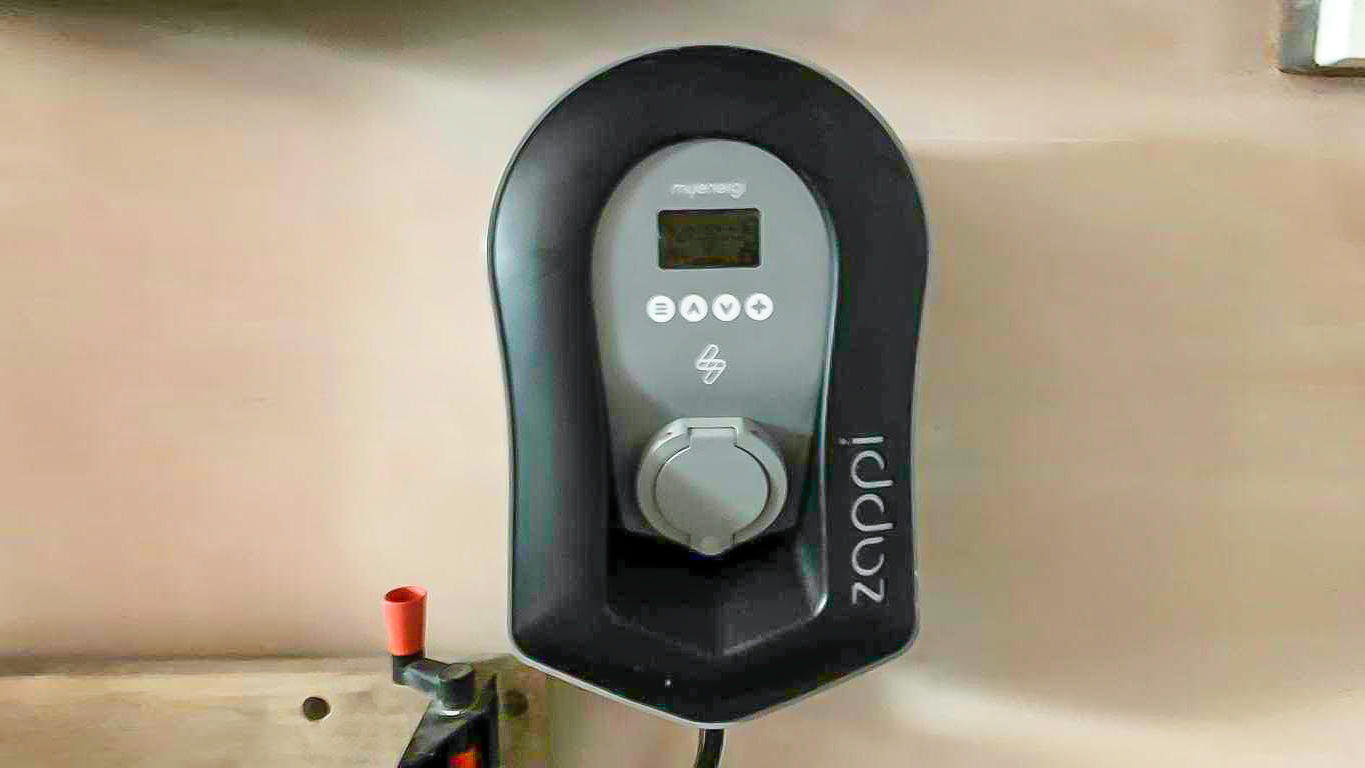
Granted that’s not the only option. The charger also comes with an eco mode, which balances between self-generated green energy and mains power, alongside a fast charging mode which only pulls from the grid. So if you need to charge in a hurry, or the sun is particularly dim that day, you still have a way to recharge quickly.
Of course limiting your recharging to surplus solar power does come with a few downsides. The real kicker is that once the sun goes down, and solar generation stops, the Zappi has a tendency to start pulling energy from the home battery. The EQB’s battery is 66.6 kWh, while the house battery is just 4.8 kWh — almost 14 times smaller.
Left to its own devices, the car battery could easily drain all the stored power and still be hungry for more. Zappi isn’t bi-directional as far as I and my parents can tell, so any energy in the car is staying there. So my parents have to be vigilant about unplugging the car, or else the rest of the house will have to rely on pricey grid power until morning.
You also have to remember that the amount of power coming from solar panels is wholly reliant on how many are actually getting sunlight. And how much goes into the car all depends on what other things aren’t using that power. If the excess is only 300 watts, that’s what’s going into the car. Similarly if your car isn’t plugged in during the day, then it can’t take in the sun's energy — which is awkward if you have to drive to work.
My parents’ solar array is rated to 5 kW, so that is a hard limit on how much power could be spent recharging the car. In theory, anyway, because the reality is the charging speed will be noticeably lower. Recharging the Mercedes EQB model to 80% takes almost eight hours with a 7 kW charger — so limiting yourself to excess solar power is going to take even longer.
Even lengthy summer days don’t have enough hours to pull that off. To the point that my mom told me she was pleasantly surprised to find the car had charged from 25% to 50% over the course of a single day.
While that figure doesn’t seem that impressive, 50% charge still offers around 129 miles of range. And aside from losing a meager payment for exporting that power, the energy didn’t actually cost anything.
It also means they know, without a doubt, that the car was recharged with clean, renewable energy. Which is something they can (and have) bring up when some anti-EV fool tries to claim electric cars aren’t actually green, because they all use power generated from fossil fuels.
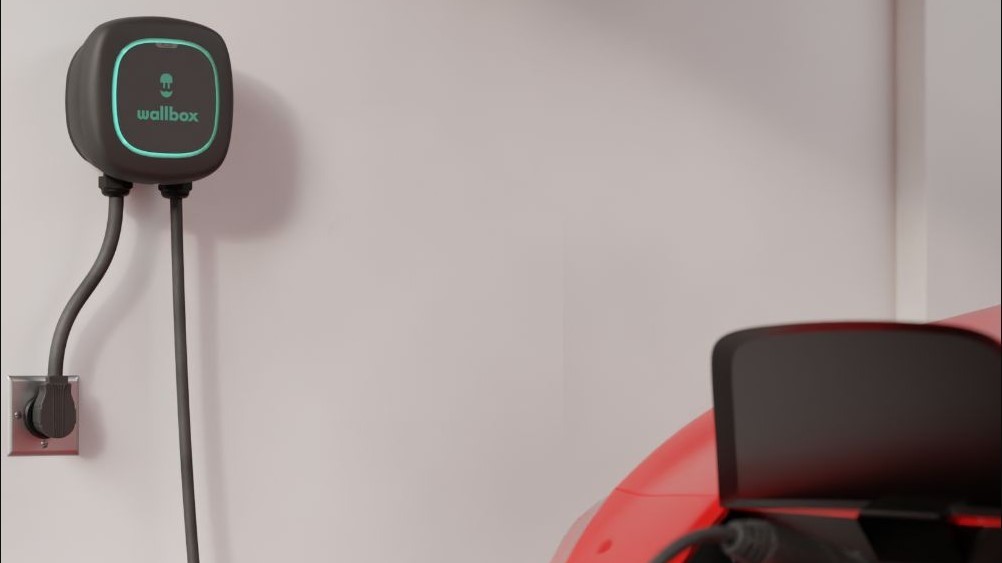
Unfortunately Zappi is made by a British company, and is only available in Europe. However the idea that people would want to recharge their cars exclusively with solar energy isn’t a uniquely European idea. So there are chargers in the United States that can offer something similar.
There aren’t a great many car chargers that are specifically designed to capture excess solar, but they do exist. Wallbox’s Pulsar Plus charger has an “Eco-Smart” feature that lets you choose between “Eco” and “Full-Green” modes. Eco uses a mix of solar and grid power, while Full-Green will only use surplus power your own panels have generated. Prices start at $649.
Likewise SolarEgde sells a combined EV Charger and Solar Inverter, with a companion app that lets you switch on “Excess PV” mode. As the name suggests, it will then recharge your car with leftover solar power — though you can blend it with grid energy if you so choose. The charger alone sells for around $800, while prices for the charger/inverter combo start at $2,500.
Of course it’s all reliant on you actually buying solar panels for your home. Because you can’t have solar excess without them.
Sign up to get the BEST of Tom's Guide direct to your inbox.
Get instant access to breaking news, the hottest reviews, great deals and helpful tips.

Tom is the Tom's Guide's UK Phones Editor, tackling the latest smartphone news and vocally expressing his opinions about upcoming features or changes. It's long way from his days as editor of Gizmodo UK, when pretty much everything was on the table. He’s usually found trying to squeeze another giant Lego set onto the shelf, draining very large cups of coffee, or complaining about how terrible his Smart TV is.
